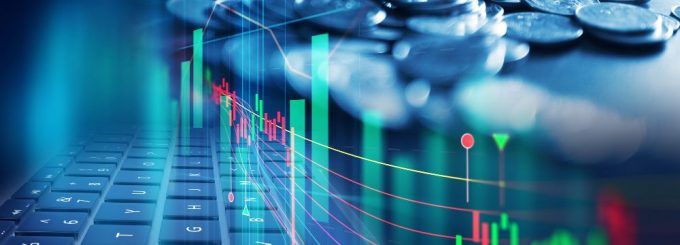Coin Exchange Chronicles: The Evolution and Intricacies of Trading Treasures

Throughout history, civilizations have grappled with the concept of value and the mechanisms of trade. The journey of coin exchange evolution stands testament to this struggle, weaving a complex narrative full of tales, innovations, and significant shifts that have deeply influenced both the financial markets and the world of collectors. This evolution is more than just a tale of changing currency; its a reflection of human progress, economic transformations, and the ebb and flow of societal values. For enthusiasts and scholars alike, delving into the intricacies and milestones of coin trading offers invaluable insights into this fascinating journey.
A Glimpse into the Past: The Roots of Coin Exchanges
In ancient times, barter was the predominant system of trade. Goods were exchanged for other goods based on mutual agreement of their worth. However, as civilizations grew and the intricacies of trade expanded, there arose a need for a more standardized medium. Coins, made from precious metals, soon became that medium. The earliest coin exchanges were places where people could trade these metal coins for goods or even other types of coins. These exchanges were often located in bustling marketplaces or near ports, ensuring they were accessible to traders and travelers alike.
The Transition to Modern Exchanges: Adapting to New Realities
With the advent of paper money and banking systems, the nature of coin exchanges began to shift. No longer were they just about trading one type of coin for another; they became centers where currencies of different countries could be exchanged. The 19th and 20th centuries saw the emergence of formalized coin exchange services, catering to both investors looking to capitalize on currency fluctuations and travelers needing foreign currency. This period marked significant growth in the coin exchange sector, leading to the establishment of many institutions that are still prominent today.
Specialized Trading: The Rise of Collectible Coins
Another significant development in the world of coin exchange was the burgeoning interest in collectible coins. Rare and antique coins started being perceived not just as currency, but as treasures with historical and aesthetic value. Coin exchanges started to cater to collectors, offering services to evaluate, buy, and sell these collectibles. This brought about a whole new clientele: those passionate about history, artistry, and the intrinsic value of coins. With each passing decade, this niche segment has grown, leading to dedicated coin exchange platforms and events, catering exclusively to collectors.
Facing the Future: Digital and Cryptocurrencies in Coin Exchanges
The 21st century introduced yet another twist in the tale of coin exchanges. With the rise of digital currencies and cryptocurrencies like Bitcoin, the definition of a “coin” started to change. Modern coin exchanges now had to grapple with these new forms of currency, determining their value and facilitating their trade. While some traditionalists viewed these with skepticism, there’s no denying the significant role they play in today’s financial landscape. As a result, many coin exchanges have evolved to include these digital assets, ensuring they remain relevant and cater to the diverse needs of their clientele.
The coin exchange evolution showcases a remarkable journey from simple barter systems to sophisticated trading platforms. As we move forward, it’s exciting to think about what the next chapter might hold for this ever evolving world of trading treasures.


